Toyota has announced that sales for the C-HR in Japan reached 117,299 units last year, according to figures from the Japanese Automotive Manufacturers Association (JAMA). That’s enough to make the distinctively-styled B-segment crossover the best-selling SUV in the Land of the Rising Sun, says the carmaker.
Launched there at the end of 2016, the C-HR is offered with either a 115 PS/185 Nm 1.2 litre turbo engine mated to a CVT and either front- or all-wheel drive, or a hybrid powertrain that pairs a 1.8 litre naturally-aspirated mill to an electric motor to deliver a total system output of 122 PS. The latter is only available with two-wheel drive, but is capable of a fuel consumption figure of 30.2 km per litre on the Japanese JC08 cycle.
All models in Japan come with the Toyota Safety Sense P suite as standard, incorporating Pre-Collision Safety, Active Cruise Control, Lane Departure Alert, Autonomous Emergency Braking, Forward Collision Warning and Automatic High Beam. Toyota also introduced two-tone exterior colour schemes in August, as well as a special edition model with LED head- and tail lights and sequential LED indicators in November.
Closer to home, the C-HR will be introduced sometime this year, equipped with a 137 PS/170 Nm 1.8 litre Dual VVT-i engine, a CVT and front-wheel drive. Standard kit includes halogen headlights, 17-inch alloy wheels, keyless entry, push-button start, leather seats, dual-zone climate control, seven airbags and Vehicle Stability Control (VSC). However, we miss out on the aforementioned Toyota Safety Sense P, although we will get a blind spot monitor and Rear Cross Traffic Alert (RCTA).
Distributor UMW Toyota Motor has opened the order books for the car. Do you think the C-HR will achieve the same success here as in Japan? Sound off in the comments section after the jump.
GALLERY: Toyota C-HR previewed in Malaysia
Looking to sell your car? Sell it with Carro.

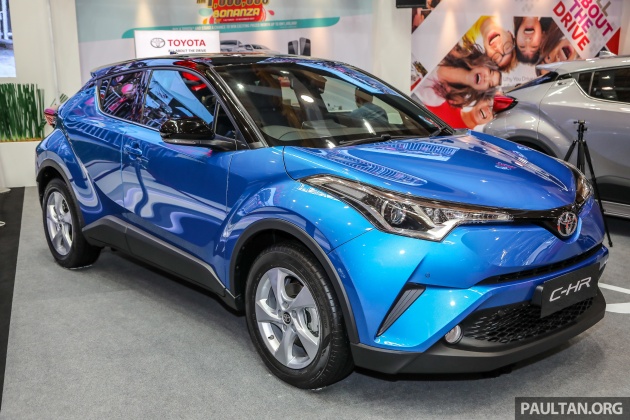


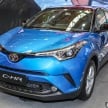
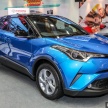
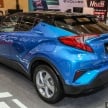
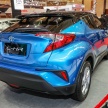
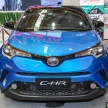
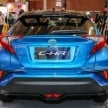
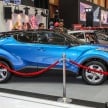
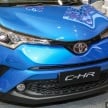

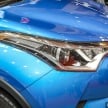
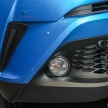
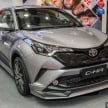
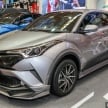
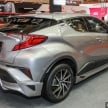
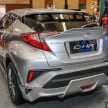
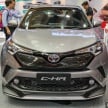
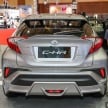
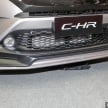
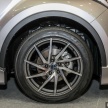
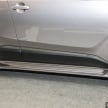
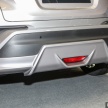
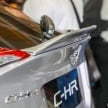


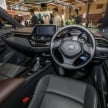
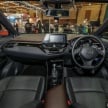
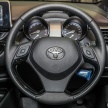
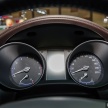

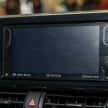
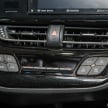
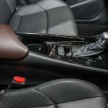
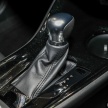
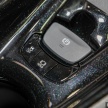
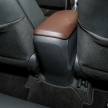
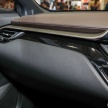
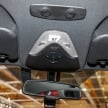
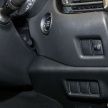
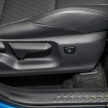
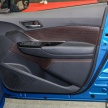
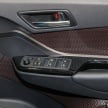
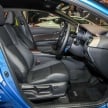
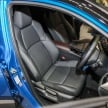
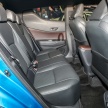
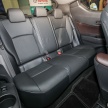
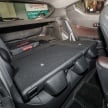


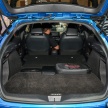
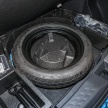

























AI-generated Summary ✨
Comments generally appreciate the Toyota C-HR's success in Japan and discuss its potential popularity in Malaysia. Many suggest the price should be closer to competitors like Honda HR-V to boost sales and make it the best-selling SUV. Some highlight Toyota's focus on the Japanese market over Malaysia, criticizing pricing, specs, and after-sales support. There’s also debate on car pricing, safety features, and market priorities, with some arguing the C-HR is overpriced in Malaysia. A few comments compare Toyota to Honda, with Honda fans defending their brand's market leadership and associated qualities. Overall, sentiments mixed but mainly revolve around the car's market positioning, pricing strategies, and how it might perform in Malaysia versus Japan.